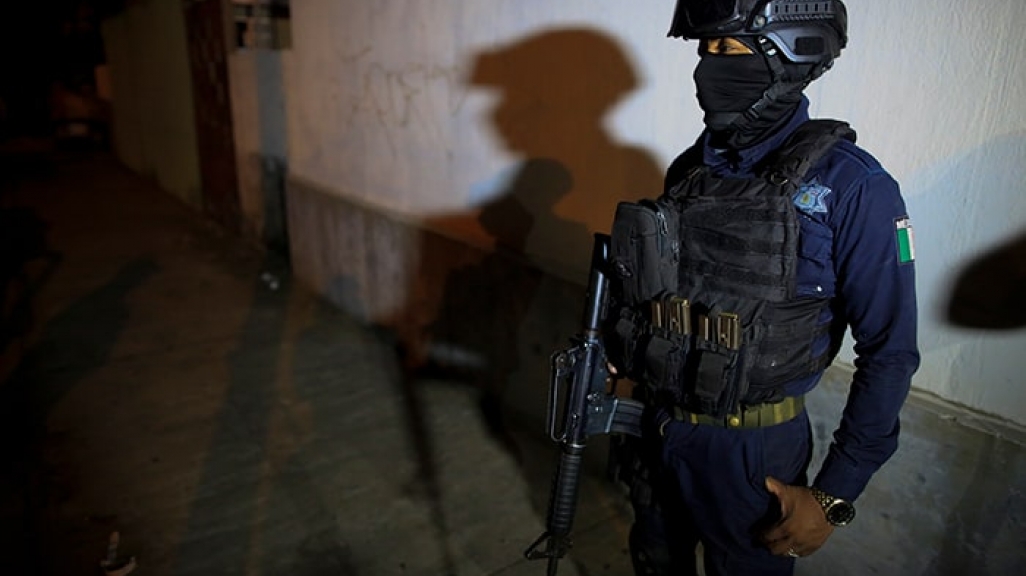LatAm in Focus: Shining a Light on Police Abuse in Mexico
LatAm in Focus: Shining a Light on Police Abuse in Mexico
By
Carin Zissis
World Justice Project’s Roberto Hernández, a lawyer and co-director of Presunto culpable, delves into the country’s high rate of police torture as well as progress shown by “islands of integrity.”
“Mexico is using torture and ill treatment as investigative tools.”








